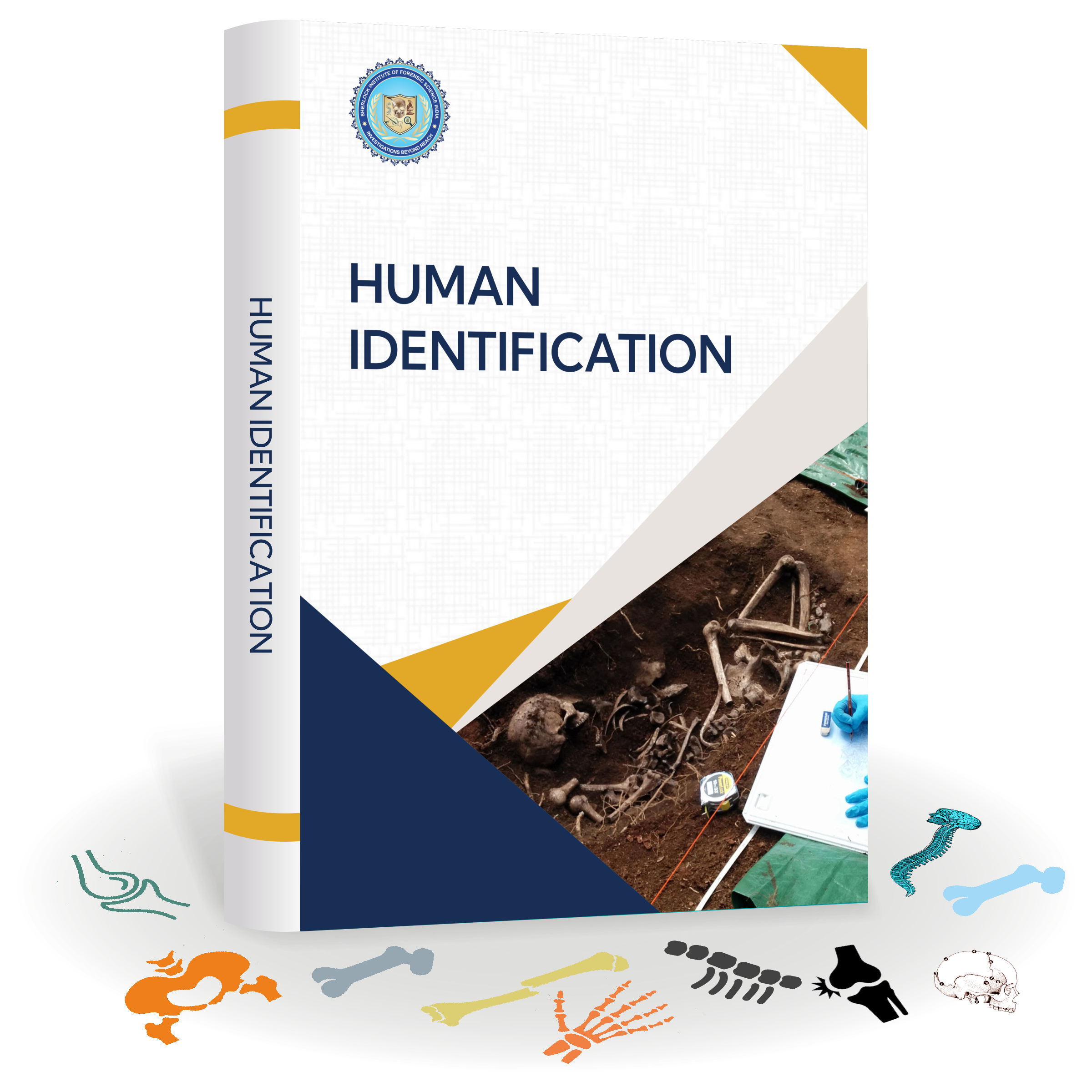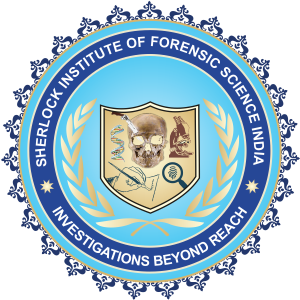MODULE 1 – INTRODUCTION TO FORENSIC ODONTOLOGY
This module provides an overview of forensic odontology, its historical development, and its scope in human identification. You will also learn the ethical considerations followed by forensic odontologists to ensure professionalism, along with the crucial role they play in identifying human remains through dental records and bite marks during criminal investigations, thereby making a meaningful contribution to this forensic domain.
MODULE 2 – DENTAL ANATOMY AND DEVELOPMENT
In this module, you will learn about dental anatomy and nomenclature, the dental development process, tooth eruption, age identification, tooth identification, and terminology for effective communication and documentation of investigation findings. The module also covers the study of a valuable forensic odontology tool, namely radiographic interpretation, that enables dental record assessment through X-ray images for identification purposes.
MODULE 3 – DENTAL RECORDS AND IDENTIFICATION
This module focuses on types of dental records and their role in identification processes (for living individuals and post-mortem cases), the post-mortem dental examination process, the significance of dental remains in identifying human remains, and the comparison between ante-mortem and post-mortem dental records. You will also learn various dental age estimation techniques to determine the age of unidentified individuals using dental development and wear patterns.
MODULE 4 – BITE MARK ANALYSIS
In this module, you will learn about the importance of bite mark analysis in forensic investigations, bite mark characteristics, ways to collect bite mark evidence, the bite mark comparison and analysis process, the determination of bite mark source using dental records, and several other factors. The module also covers bite mark interpretation in both criminal and civil cases to establish the guilt or innocence of a person during legal proceedings.
MODULE 5 – MASS DISASTER VICTIM IDENTIFICATION
This module focuses on principles and processes for identifying mass disaster victims and the significant role forensic odontology plays in identifying individuals through dental evidence and records. You will also gain knowledge about the process and challenges forensic experts face while dealing with large-scale incidents where they need to identify several victims accurately and efficiently.
MODULE 6 – FORENSIC ANTHROPOLOGY AND ODONTOLOGY
This module focuses on the roles of both forensic anthropology and odontology in the field of forensic science, the contributions forensic odontologists make to anthropological investigations using dental investigation methods, and the application of dental evidence in anthropological reconstructions. You will gain insights into how experts in these two forensic domains collaborate with each other to solve critical cases of human identification involving skeletal remains.
MODULE 7 – CHILD ABUSE AND ELDER ABUSE
In this module, you will learn about child and elder abuse issues, indicators to recognize abuse in both populations, and the role of forensic examination of bite marks commonly found in cases of abuse. The module also covers duties to be followed while reporting and testifying in child and elder abuse-related cases in court and the need to gain expertise while addressing these sensitive matters.
MODULE 8 – LEGAL ASPECTS OF FORENSIC ODONTOLOGY
This module covers an overview of legal considerations, the role of expert testimony in forensic odontology, the need for accurate and reliable dental identification methods, and the role of bite mark analysis during legal proceedings. You will also learn about the admissibility of bite mark evidence in court and the standards to follow to make this evidence accepted as part of a legal case.
MODULE 9 – DENTAL TRAUMA ANALYSIS
This module focuses on dental trauma analysis within the forensic domain, various types of dental trauma, common causes of dental trauma, knowledge required by forensic professionals to assess and interpret such injuries, and techniques and methodologies used to reconstruct dental trauma cases. By the end of this module, you will be well-versed in identifying and documenting dental injuries for investigative and legal purposes.
MODULE 10 – HUMAN IDENTIFICATION TECHNIQUES
In this module, you will learn about several human identification methods, the significant role of forensic odontology in this process of handling dental evidence, and the integration of forensic odontology and other identification techniques (like DNA analysis). You will gain insights into how the collaborative nature of modern forensic disciplines to establish a person’s identity within a forensic context is revolutionizing the investigative process.
MODULE 11 – FORENSIC ODONTOLOGY IN CIVIL LITIGATION
This module highlights the application of forensic odontology in civil litigation, the role of forensic odontologists in civil litigation cases, bite mark evidence assessment during legal proceedings, the processes involved in reporting findings, and how forensic odontologists can testify as expert witnesses in civil litigation cases. You will gain knowledge about the importance of their contributions to the legal system.
MODULE 12 – EMERGING TRENDS IN FORENSIC ODONTOLOGY
This module covers the evolutions in the field of forensic odontology, insights about new technologies and innovations that assist in robust investigations, emerging trends in bite mark analysis, potential future developments in forensic odontology, and case studies highlighting the practical usage and relevance of these advancements and their impact on forensic investigations.




